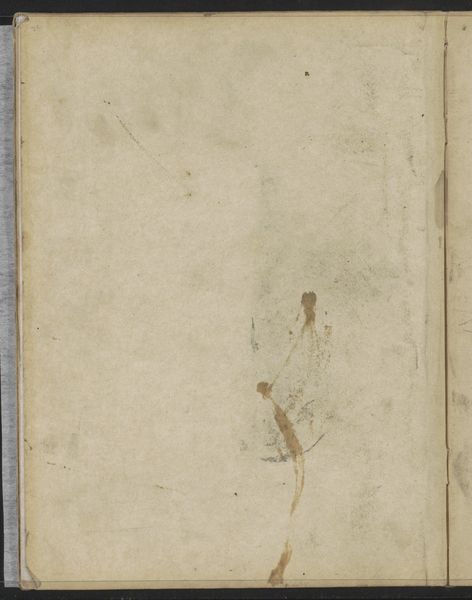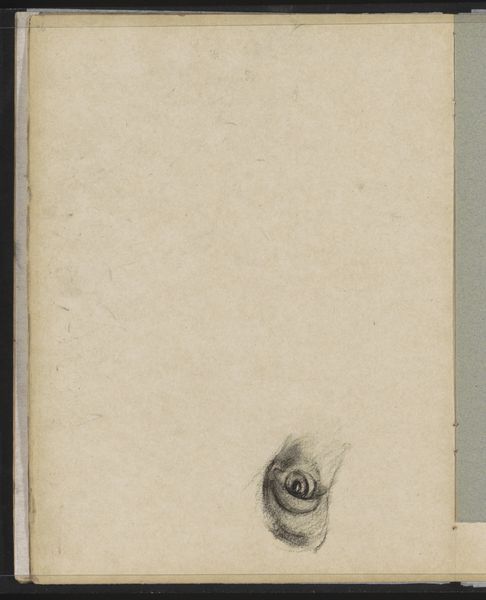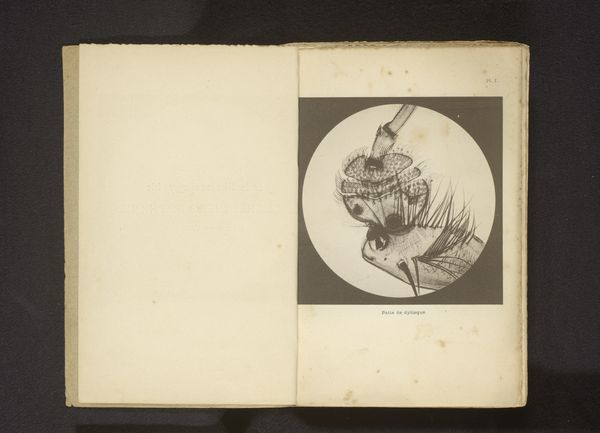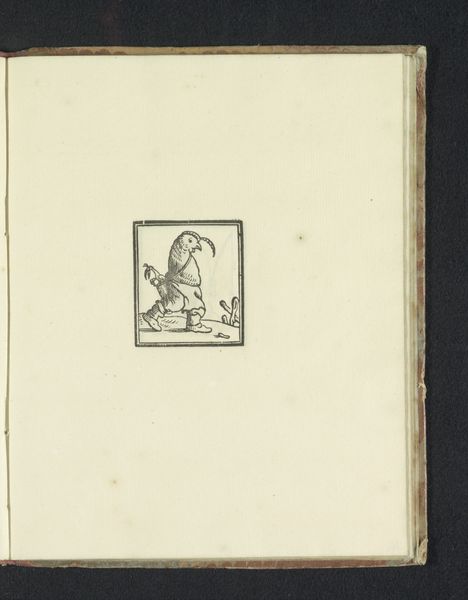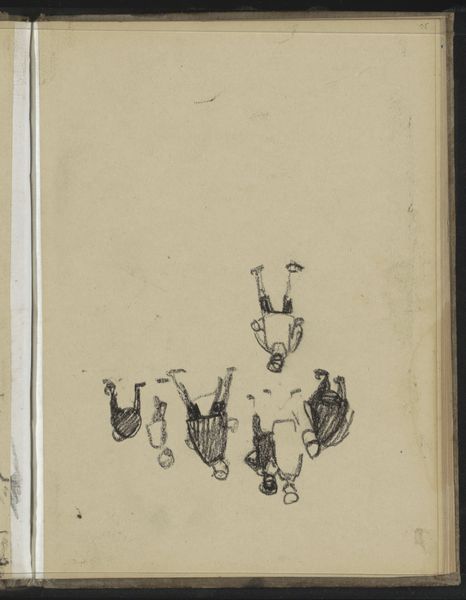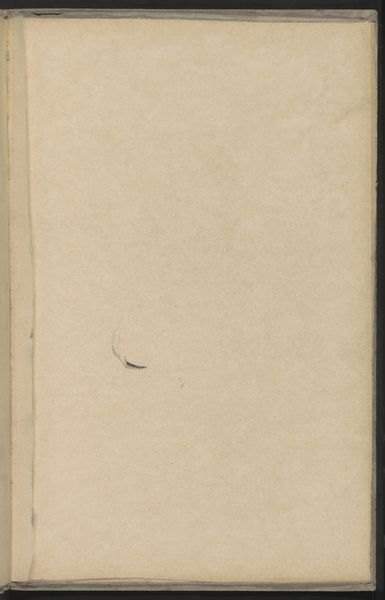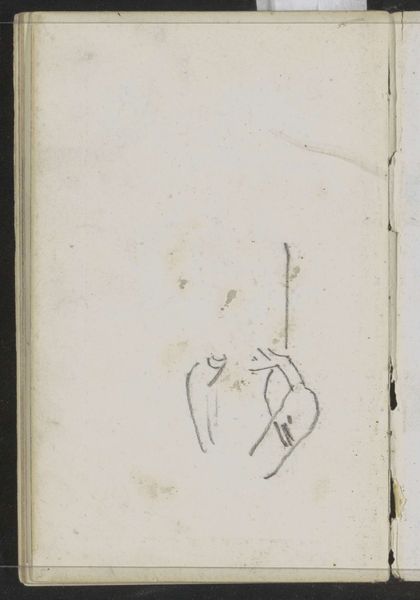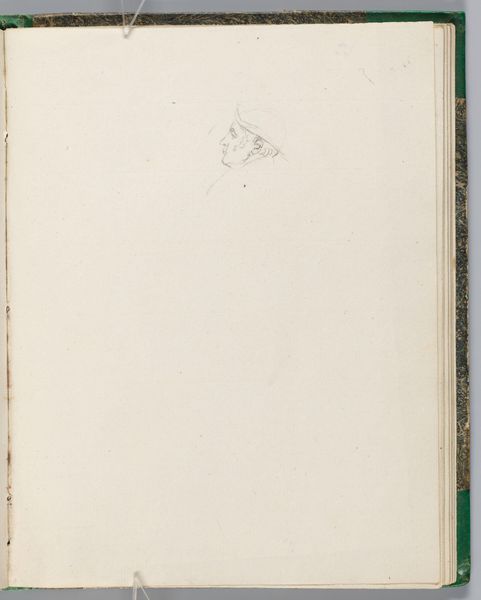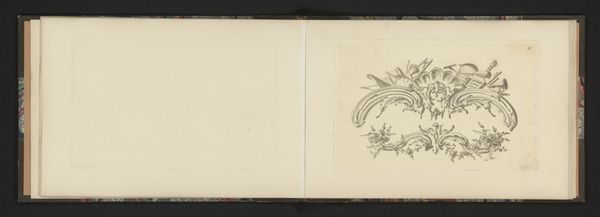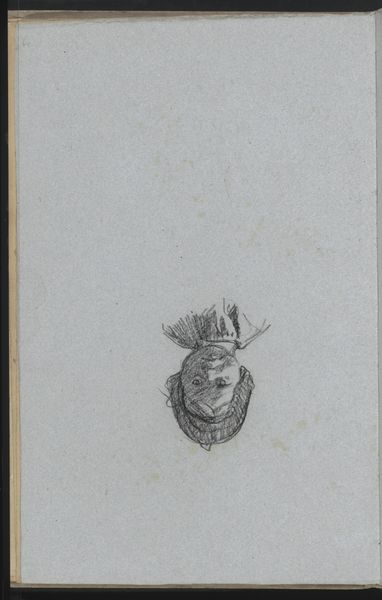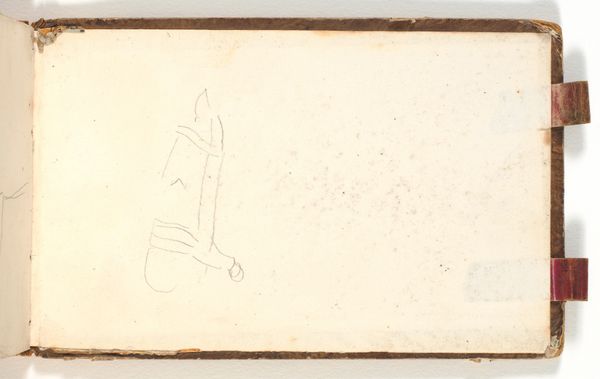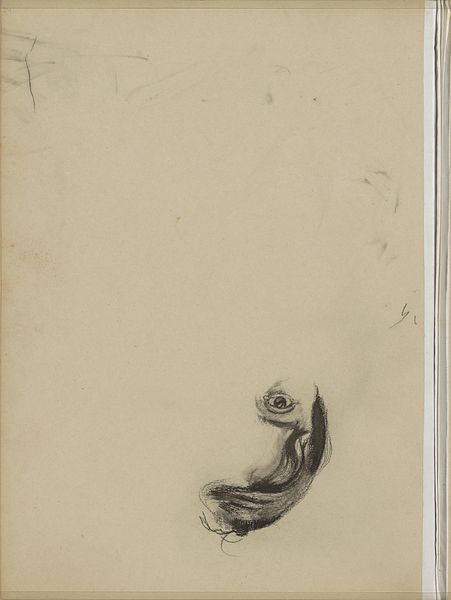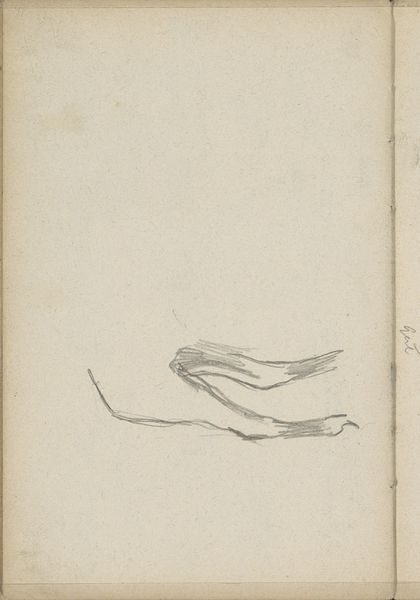
drawing, coloured-pencil, gouache
#
drawing
#
fairy-painting
#
coloured-pencil
#
gouache
#
coloured pencil
#
academic-art
Dimensions: 281 mm (height) x 227 mm (width) (bladmaal)
Editor: This is Johanna Fosie's "Studie af død musvit," or "Study of a Dead Great Tit," created around 1759. It's made with drawing materials like colored pencil and gouache. I'm immediately struck by the artist’s rendering of death. How would you approach this piece? Curator: Let’s consider the materials and process first. Fosie, a woman artist in the 18th century, carefully used colored pencil and gouache to depict this dead bird. The very act of drawing a "lesser" subject, like a dead bird, questions the established hierarchies of art. This focus on the material reality of nature and Fosie's dedicated labour elevates the subject matter. What can this suggest about her and the consumers of her art? Editor: That's interesting. It feels like it challenges what was considered important or beautiful at the time. It’s almost scientific in its detail. Curator: Exactly. The drawing acts as a material record. Look closely. How does her attention to the minute details, to the specific colours and textures of the bird's plumage, shift our understanding of nature's value and artistic labour? The coloured pencil is modest but enables an acute realism. What happens to art’s prestige when naturalism is embraced with the quotidian? Editor: I guess I hadn't thought about the statement being made just by the materials themselves. It's more than just a drawing of a bird; it reflects something about artistic values and what society considered worthy of attention. Curator: Precisely! Fosie’s art compels us to value not just grand narratives, but the subtle materiality and manual labour involved in revealing the often-overlooked realities around us. Editor: That gives me a whole new perspective on seemingly simple subjects in art. Thanks for your insights!
Comments
No comments
Be the first to comment and join the conversation on the ultimate creative platform.
